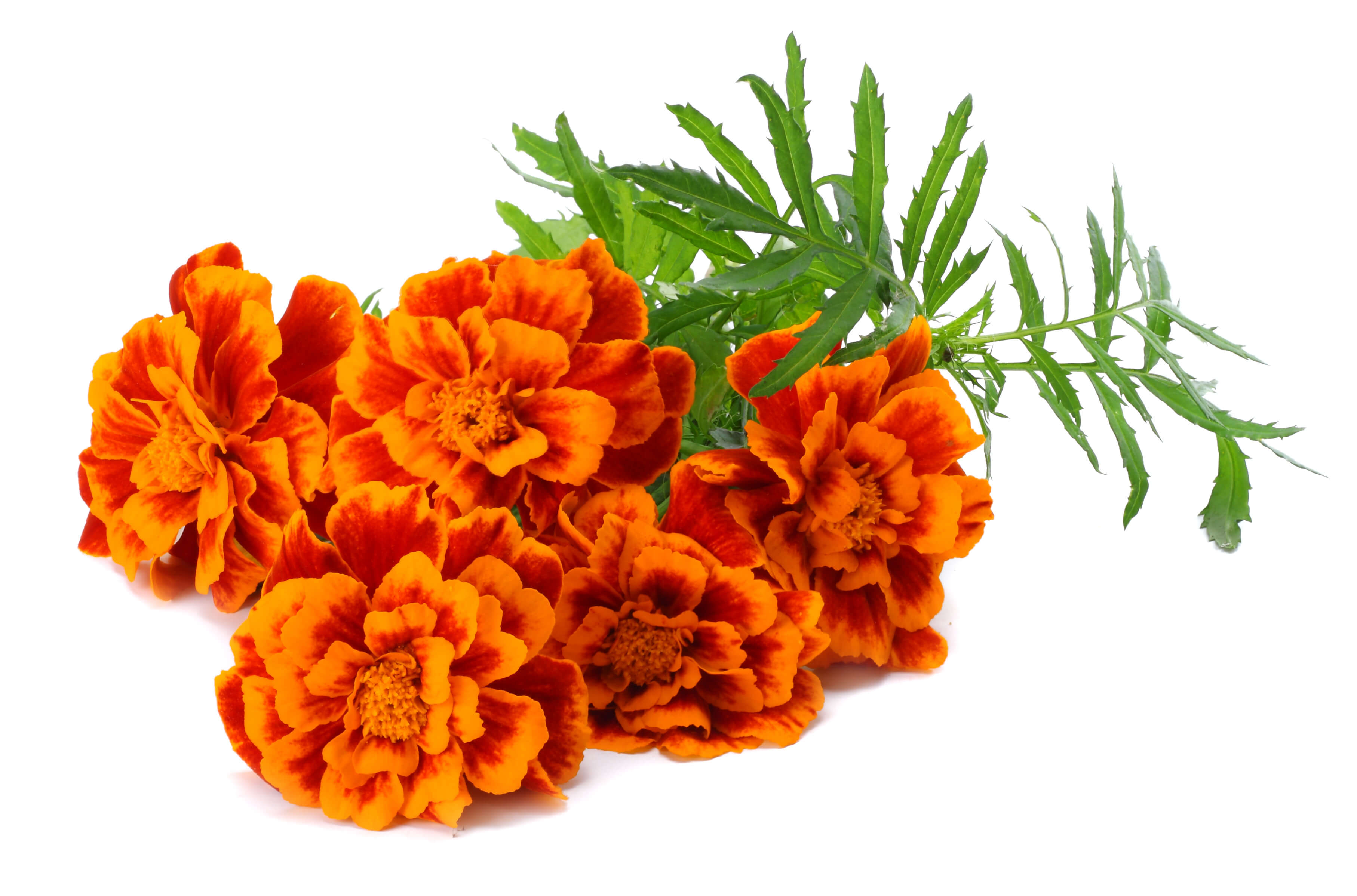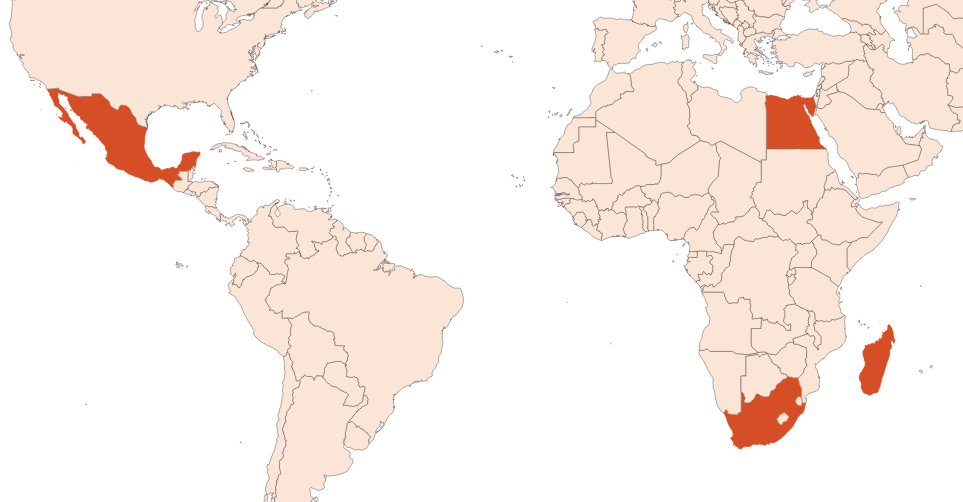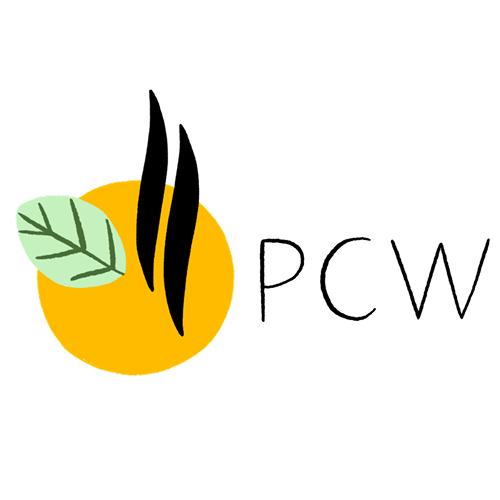
| Company | Ingredient Name | ID | Comments | Naturality | Certifications | MOQ | Latin name | Treated part | Geographical origin |
|---|---|---|---|---|---|---|---|---|---|
|
|
TAGETE EO | 984594 |
Visit website
|
Naturals | - | TAGETES MINUTA | - | - | |
|
|
Huile essentielle de Tagete - 30 Gr | - |
Visit website
|
- | - | - | - | - | |
|
|
TAGETE EGYPT EO | - |
Visit website
|
- | 10 grs | - | - | - | |
|
|
TAGETE ESSENCE MADAGASCAR | - |
Visit website
|
- | 10 grs | - | - | - |
General Presentation
-
CAS N° :
8016-84-0 -
EINECS number :
294-862-7 -
FEMA number :
3040
-
Volatility :
Heart -
Price Range :
€€€€
Physico-chemical properties
-
Appearance :
Yellow to orange liquid -
Density :
0,8560 - 0,8840 @20°C -
Refractive Index @20°C :
Data not available. -
Optical rotation :
-
Vapor pressure :
Data not available. -
Flash Point :
59°C (138.2°F) -
Acid Value :
Botanical informations
Botanical name :
Tagetes minuta L.
Synonyms : Tagetes glandulifera Schrank // Tagetes bonariensis Pers.
Botanical profile :
Tagetes is a flowering herb belonging to the Asteraceae family and the genus Tagetes L.
The Asteraceae family is one of the most important in perfumery, including species such as Artemisia (wormwood, armoise, tarragon, davana), as well as tagetes, tansy, and immortelle.
Chemotypes :
Le genre Tagetes L. contains nearly 30 species. The most cultivated ones are the following :
- Tagetes patula L. (Mexico, Guatemala)
- Tagetes argentina Cabrera (Argentina)
- Tagetes minuta L. : The most used in fragrances
- Tagetes filifolia Lag. (Mexico, Argentina)
- Tagetes tenuifolia Cav. (Mexico)
- Tagetes erecta L., also used in fragrance
Extractions & Uses
Extraction process :
Tagetes grow rapidly in warm climates and at high altitudes. It can grow up to two metres in height. Usually, it is cultivated in fields at high altitudes in the countries where it is grown.
Their harvest is made from April to June, during the flowering of the plant, or a little after, because the flowers contain the essential oil of the plant. Harvesting is done manually, and requires to protect ones arms, because the stems of the plant secrete photosensitizing molecules. With a scythe, growers are cutting the flowers, avoiding cutting the leaves and too much of the stem.
Once harvesting is done, the flowers are distilled without waiting too long, to prevent them from drying out. They are extracted by steam distillation. This means that pressurised water vapour passes through the flowers to carry away their scent principle. At the top of the distillation column, the steam is refrigerated to separate the water from the essential oil in a Florentine vase by decanting.
Tagetes essential oil can be used to isolate the molecules called Tagetone or Dihydrotagetone, which are naturally present in the flower's olfactive principle.
Uses in perfumery :
Tagetes brings a hint of green and honeyed hay, and a comfortable effect. It is used in the honey note of a rose for example.
Stability :
Terpenes found in this oil may polymerize under a strong oxydation.
Major Components :
- Tagetone (40 - 50%)
- (Z) & (E)-Beta-Ocimene (30 - 40%)
- Dihydrotagetones (≈13%)
- (Z) & (E)-Ocimenone (≈9%)
- D-Limonene (≈3%)

Photo credits: ScenTree SAS
Other comments :
The introduction of tagetes took place in South Africa in the context of the Boer War between the British and the Afrikaners in 1900.
IFRA
IFRA 51th :
This ingredient is not restricted for the 51th amendment
















